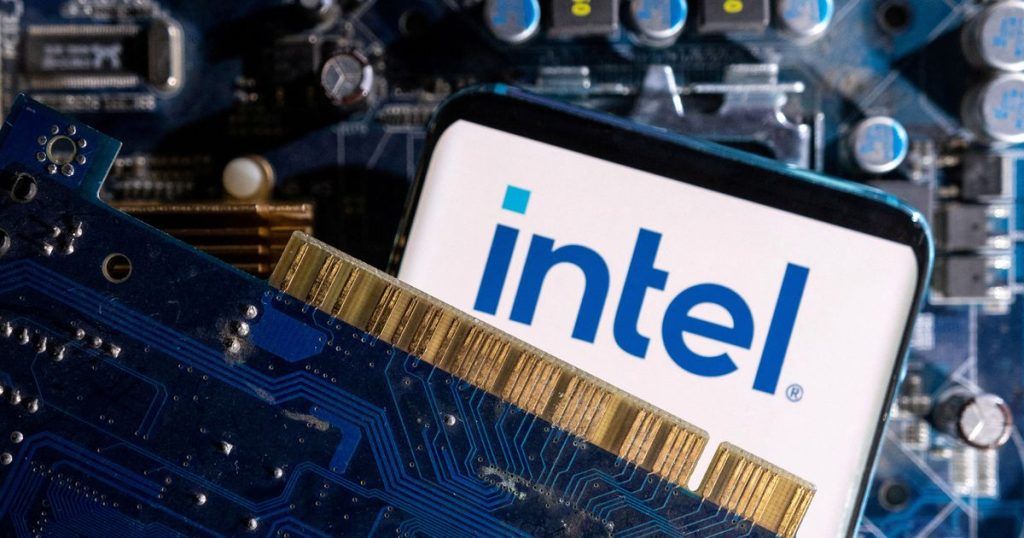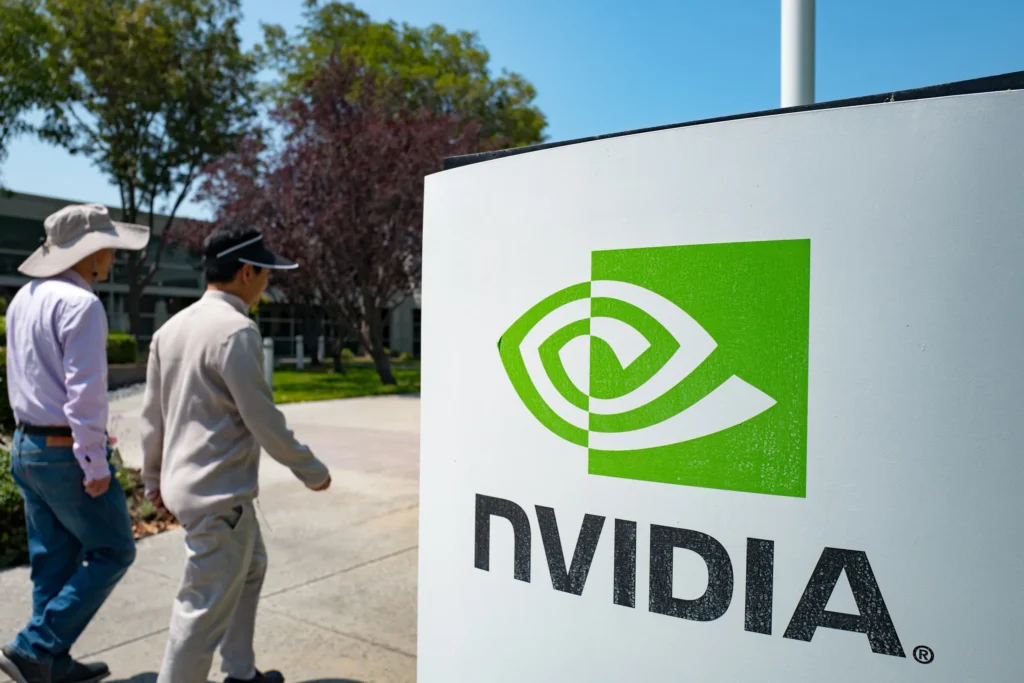Intel’s earnings per share dropped by a stunning 133% year over year in the company’s first-quarter earnings report, which was released on Thursday. At $11.7 billion, revenue was down 36% year-over-year.
Sales and loss per share were better than expected, but only just. After initially increasing on the report, the stock began to vary in prolonged trade.


How did Intel perform in comparison to the predictions made by Refinitiv?
- Loss per share: 4 cents per share, adjusted, versus 15 cents per share expected
- Revenue: $11.7 billion versus $11.04 billion expected
Intel forecasts a loss of 4 cents per share on revenue of $12 billion for the second quarter. According to Refinitiv, analysts predict earnings of 1 penny per share on revenues of $11.75 billion, thus this projection falls short.
From a net profit of $8.1 billion, or $1.98 per share, in the same period a year ago, Intel posted a net loss of $2.8 billion, or 66 cents per share, in the first quarter of this year.
Analysts had predicted a wider loss for Intel, but once the company accounted for the effects of inventory restructuring, a recent adjustment to employee stock options, and other acquisition-related expenditures, the company reported a loss of 4 cents per share.
Sales Dropped
From a year ago, sales dropped from $18.4 billion to $11.7 billion.
The semiconductor giant has now lost money for two straight quarters while declining sales have occurred in each of the last five quarters. The loss is more than Intel’s previous record of $687 million in the fourth quarter of 2017.
Now that CEO Patrick Gelsinger has entered his third year at the leadership of the firm that put the “silicon” in “Silicon Valley,” shareholders are asking if Intel has hit rock bottom. So far in 2023, the stock is up more than 9%, but it’s down more than 35% from this time last year.
When Gelsinger took over, one of his first moves was to allow Intel’s facilities to begin producing chips for other firms, a strategy known as foundry. When it comes to specific work like Apple’s A-series CPUs in iPhones, Intel aims to be able to compete with TSMC in Taiwan by 2026. On Thursday, Intel reiterated that it was on track to meet its target.
“We still have more work to do as we reestablish process, product, and cost leadership,” Gelsinger said on an earnings call.
Facing Difficulties
Meanwhile, a once profitable enterprise is now facing difficulties, particularly in the area of personal computer chips. Market researcher IDC estimates that worldwide PC shipments plummeted by approximately 30 percent in the first quarter of this year.
The Client Computing division of Intel, which produces the CPUs used in most desktop and laptop Windows PCs, reported $5.8 billion in revenue, down 38% year-over-year.
Gelsinger stated on the call, “We are seeing increasing stability in the PC market with inventory corrections largely proceeding as we had expected.”
Even worse was the 39% drop in revenue to $3.7 billion in Intel’s server chip division, which is part of its Data Centre and AI segment.
Gelsinger predicted that the server and networking sectors will continue to decline because of the continued weakness in the cloud and corporate.
Network and Edge, its smallest entire division, reported $1.5 billion in sales, down 30% year over year.
Mobileye’s IPO last year was a positive development, notwithstanding Intel’s continued ownership. Mobileye, which develops autonomous vehicle technologies and software, saw its revenue increase by 16% to $458 million.
Intel also stated that it expects to save around $3 billion in 2023 and as much as $10 billion per year by 2025 as a result of its recent push to slash expenses, which included layoffs.
Intel’s growing gross margins, which the firm forecast would be roughly 37.5% on a non-GAAP basis in the current quarter, might also be a positive for investors. According to Intel, this demonstrates the company’s successful cost management and operational efficiency.
On the call, Intel’s CFO David Zinsner said, “I think for the back half of the year, we feel like we’ll be comfortable in the 40s from a gross margin perspective.”




